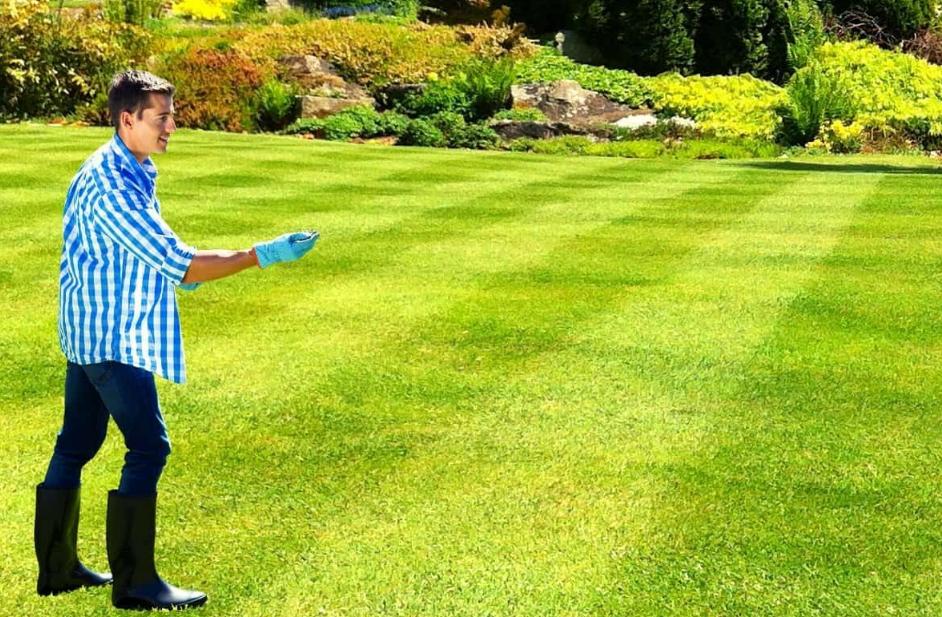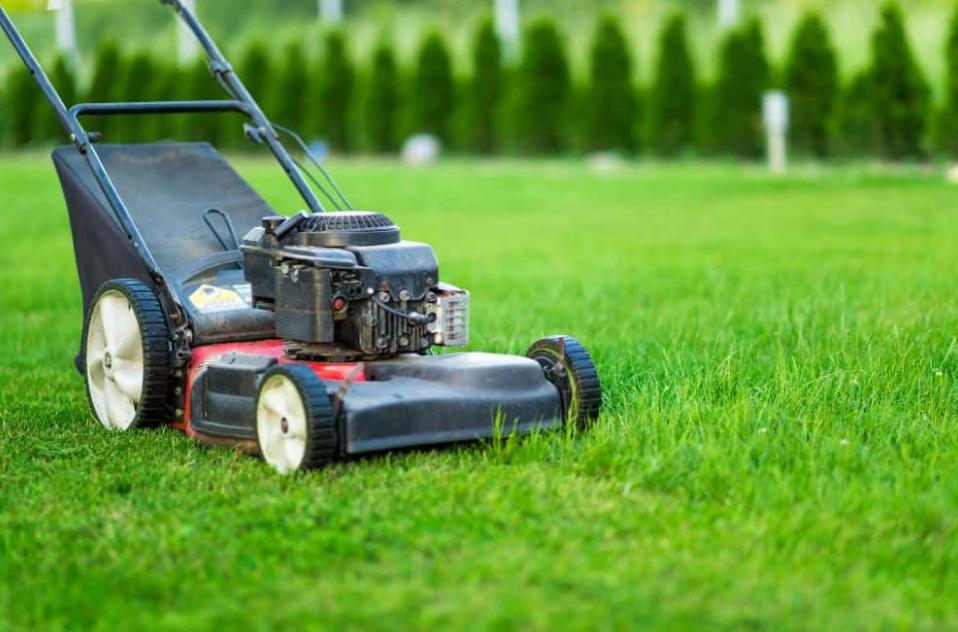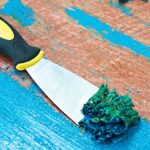You might think the clover creeping on to your lawn is pretty harmless, but for most homeowners it’s a nuisance, and an unwelcome one. And while some people consider clover an asset to soil health, others see it as a pesky nuisance that mars the appearance of their lush, perfectly-manicured grass. For those of you who are part of the latter, don’t fret, we’ve got the big picture covered for you. In this blog, I’ll show you the various ways to get rid of clover in your lawn and prevent it from return.
Thank you for reading this post, don't forget to subscribe!From what clover even is to natural to chemical ways to remove it, you’ll find everything you need in this guide to get a thick, clover-free lawn. Let’s dig in!
What’s Clover and Why Remove It?
Clover is resilient low-growing member of the legume family. Most well known as a component of group lawns, clover plants such as white clover (Trifolium repens) delight in compacted, nitrogen-deficient soil. Clover can fix nitrogen in the soil, but many homeowners want it gone because it competes with grass, negates the uniformity of a lawn and can be slippery when wet.
Clover is able to thrive because it tends to live in kinds of soil conditions that other grasses that make up good lawns don’t like. The good news? If you do it right, you can take your lawn back from this leafy invader.
Knowing The Types And Habit Of Clover Growth
All clover is not the same. Knowing the species in your yard can help determine the best approach to removal.
Most Common Clovers Growing In Lawns:
White Clover (Trifolium repens): Most prevalent variety, is well liked for its small white blossoms and thick grow enclosing spikes. It is persistent and if unchecked, spreads rapidly.
Red Clover (Trifolium pratense): Similar size, but flowers are pink-red in color. Usually seen in ‘less formal’ areas ie Wildflower patches.
Microclover (Trifolium repens var. Pipolina): A dwarf ”selected and engineered” form of white clover also used intentionally in eco-lawns.
Clover is a vigorous nitrogen fixer with runners spreading from the root and growing along the soil surface growing up to 20 inches long. Clover will grow well in full sun or partial shade. The fact it grows back year after year adds to the headache of lawn maintenance and can be a real issue in a seeding lawn.
How do I get rid of clover without chemicals?
If you want to play in the eco-friendly garden, here are some natural ways to eliminate clover from your yard. These methods are perfect more homeowners seeking to steer clear of harsh chemicals without sacrificing a lush lawn.
Hand-Pulling
The best solution is often the most simple. For small patches: Hand-pulling clover may work well for smaller patches. Pull the plant out at the base, getting all the stem system as well. If the soil is compacted, you may also use a hand weeder tool to make the work more convenient.
Pro Tip: Water before hand-pulling. Wet soil loosens the hold of clover roots and pull up much more easily.
Vinegar Solution
Would you believe even household vinegar can do in clover? Combine same of white vinegar with water, and spray directly on clover.
Avoid spraying on nearby grass, as vinegar is nonselective and will kill grass as well.
Use on a sunny day for best results as the sun helps the solution go inside the plant.
Cover With Plastic Sheeting
Placing a plastic tarp or sheeting on small areas of clover is one way to get rid of it, since it will take away both the sunlight and air the clover needs to live. In a week or two, the clover will be dead. When that’s clear, reseed for grass and fill in the bare spots.
Using Chemical Herbicides
For a more severe clover invasion, natural solutions might not be sufficient. Chemical alternatives provide a quicker and more specific approach. But, they need to be utilised in a responsible way to not damage the grass or other plants in the area.
Selective Herbicides
Clover does not like to be short, so avoid mowing too closely. Copyright 2015-2020 Sawflow – All rights reserved.
You will need to purchase products that contain 2,4-D, dicamba, or MCPP (mecoprop) to really get rid of the clover.
Be sure to follow label instructions (don’t want to have that blow up in your face, right?) and apply when temperatures are reasonable so the product does not evaporate or “drift”.

Top DO’s When Applying A Chemical
- Apply herbicide to clover stands in their active growing season (spring and early summer.).
- Do not spray herbicide on a windy day to avoid drift to other plants.
- In order to use it effectively, water your lawn a day before applying, and let the herbicide dry completely before going back to your regular lawn routine.
- Chemical solutions, on the other hand, are good in immediate resolution, and can be accompanied by long-term preventive measures.
How to Keep Clover from Coming Back
After you’ve gotten rid of clover in your lawn, the next step is keeping it from returning. Preventing is the most important solution to preserve a healthy weed-free yard.
Test and Balance Your Soil
Clover is known for being able to grow in soil lacking the nitrogen. Test your soil to find out what nutrients your lawn needs. In addition, add a high nitrogen fertilizer to help the grass become a little more vigorous and to hurt the clover.
Reseed Bare Patches
Open, bare or thinning patches in your lawn will create pathways for the clover to grow. Reseed bare spots: After eliminating clover this spring, reseed bare spots with lawn grass seed that is right for your soil type and climate.
Mow High
Mow with your lawn mower at a height of 3 inches or higher. Higher-cut grass shades the soil, so it’s more difficult for the clover to get a toehold. Grass with slightly more height also outcompetes better for resources like sunlight and water.
Regular Lawn Maintenance
Aeration: Improve soil compaction by aerating your lawn once a year, enabling grass roots to grow deep and strong.
Fertilizing: No matter when you plant, regular feedings will help your grass grow thick and green.
Watering: Do not over water your lawn, as clover prefers well-dried soil. Water is best done deeply and infrequently.
By carrying out these easy tasks, clover will be far less likely to reappear.
Get a Lawn Without Clover with Care Up Front
Clover may be resilient, but it’s no match for a well-maintained lawn and strategic action. Whether your preference is the natural methods like hand-pulling and vinegar or chemical options, such as selective herbicides, there’s an approach to match your comfort level and lawn care schedule.
The real key is prevention. And by balancing your soil, reseeding any bare spots, and keeping up a proper mowing and watering schedule, you’ll have an environment where grass thrives and clover doesn’t grow back.
Take control of your lawn, and reap the satisfaction of a thick and healthy turf.



